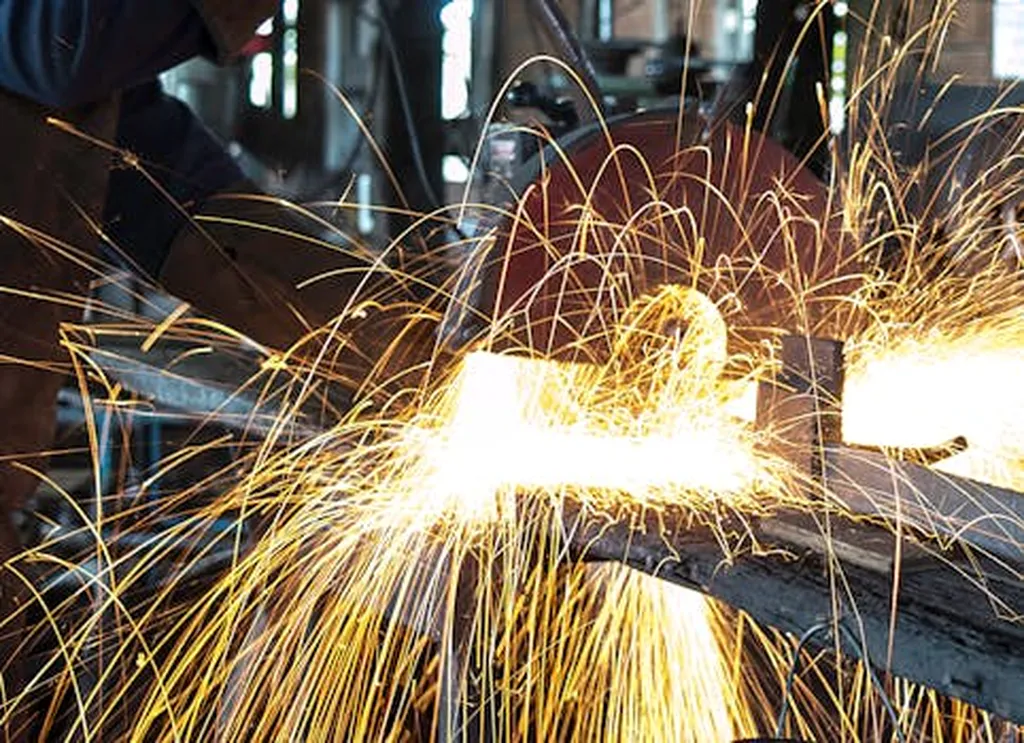In the heart of Brazil, researchers are unraveling the intricate impacts of heat stress on aged laying hens, with findings that could reshape the poultry industry and its energy consumption patterns. Silvana Gomes Gonzalez, a dedicated researcher from the Graduate Program in Agribusiness and Development at São Paulo State University (UNESP), has led a study that delves into the physiological and productive responses of hens to high temperatures, offering insights that could drive innovation in farm management and energy use.
The study, published in *Discover Animals* (translated from Portuguese as *Discover Animals*), subjected 48 Lohmann White hens to either a comfortable environment or heat stress for 28 days. The results were striking. Heat stress led to a significant decline in egg production by 11%, egg weight by 16%, and a notable reduction in shell strength by 30%. These findings are not just academic; they have real-world implications for poultry farmers and the energy sector.
“Understanding how heat stress affects laying hens is crucial for improving their welfare and productivity,” Gonzalez explained. “Our study reveals that heat stress triggers a cascade of physiological responses, including changes in serum proteins, which can lead to decreased egg quality and production.”
The proteomic analysis conducted by Gonzalez and her team uncovered the expression of proteins that bind to heat shock proteins Hsp70 and Hsc70, exclusively in heat-stressed hens. These proteins are the body’s response to stress, acting as a kind of internal alarm system. Additionally, proteins related to the coagulation process were upregulated, suggesting a potential risk of Disseminated Intravascular Coagulation (DIC), a condition that can have severe health implications for the hens.
The study also identified that apolipoprotein A and apovitelenin-1 were associated with decreased egg production and quality under heat stress. These findings highlight the complex interplay between heat stress and the physiological mechanisms that govern egg production.
For the poultry industry, these insights are invaluable. Heat stress is a significant challenge, particularly in regions with high temperatures. By understanding the molecular mechanisms at play, farmers can develop targeted strategies to mitigate the effects of heat stress, ultimately improving the welfare of their flocks and enhancing productivity.
Moreover, the energy sector stands to benefit from these findings. Poultry farms are energy-intensive operations, with cooling systems playing a crucial role in maintaining optimal temperatures for the hens. By optimizing these systems based on the physiological responses of the hens, farms can reduce their energy consumption and lower their carbon footprint.
Gonzalez’s research is a testament to the power of interdisciplinary collaboration. By combining agronomy, animal science, and proteomics, the study offers a holistic view of the challenges faced by the poultry industry and paves the way for innovative solutions.
As the world grapples with the impacts of climate change, studies like this one are more important than ever. They provide a roadmap for adapting to a changing environment, ensuring the sustainability of our food systems, and promoting the welfare of the animals that are integral to these systems.
In the words of Gonzalez, “This research is just the beginning. There is still much to learn about the complex interactions between heat stress and the physiological responses of laying hens. But with each discovery, we move one step closer to creating a more sustainable and humane poultry industry.”
As the world watches, the insights from this study could shape the future of poultry farming, driving innovation and promoting the well-being of both the hens and the environment.

